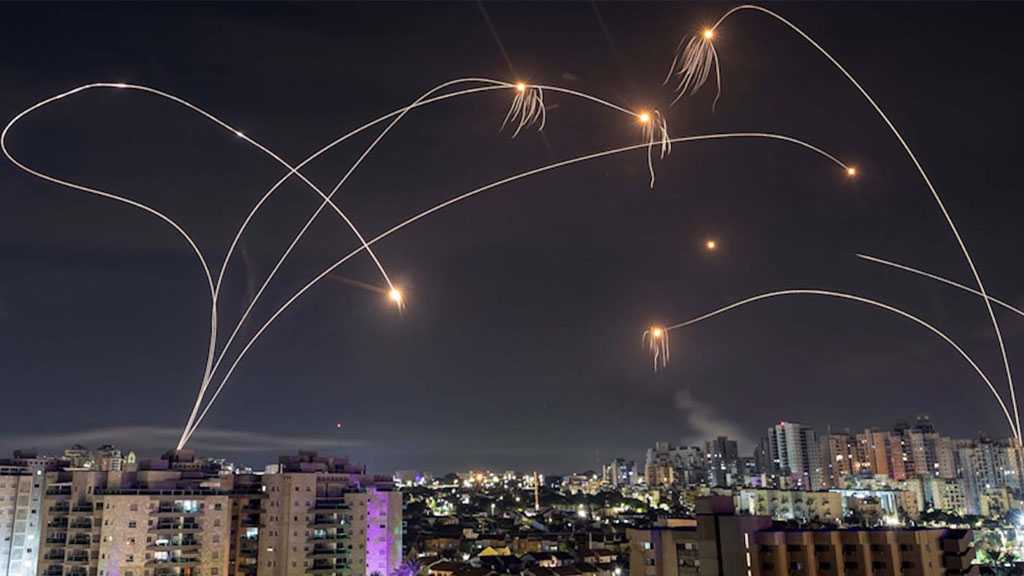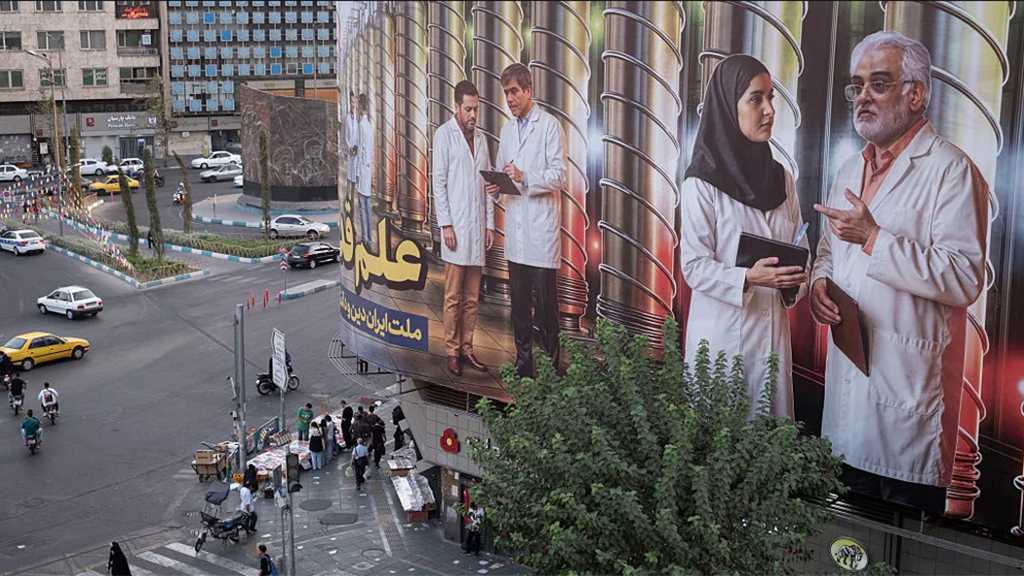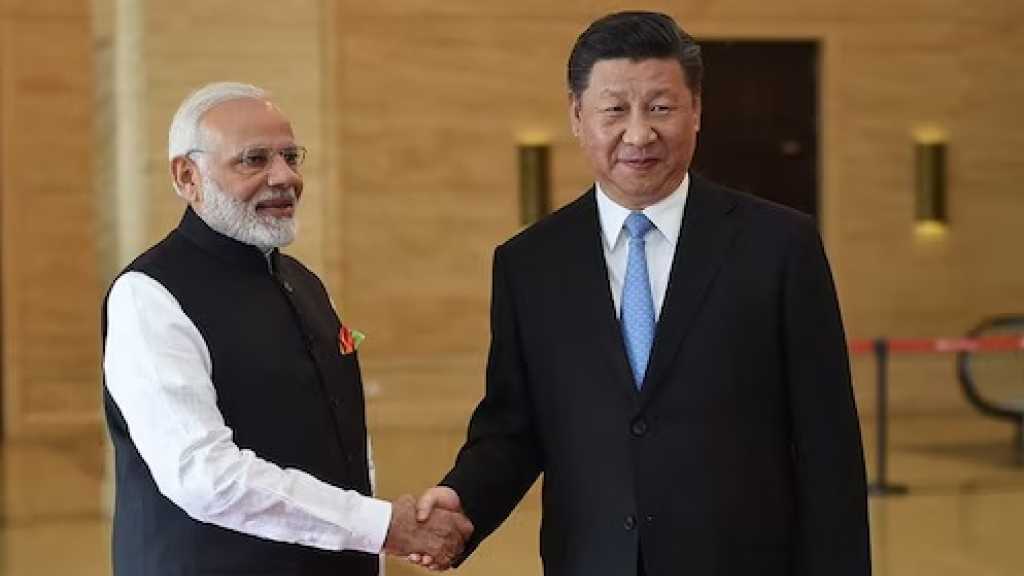
WSJ: Iranian Missiles Cracked “Israeli” Air Defenses Through Tactical Evolution

By Staff, Agencies
Iran was able to penetrate “Israel’s” highly touted multi-layered air defense systems during the recent 12-day war by adapting missile tactics, exploiting vulnerabilities through trial and error, and overwhelming “Israeli” interceptors with coordinated barrages, according to a new report by The Wall Street Journal.
The report, citing missile defense experts and data from the Jewish Institute for National Security of America [JINSA], describes how Iran incrementally enhanced its strike effectiveness by learning from earlier failures and shifting operational methods. These included launching more advanced and longer-range missiles from deep within Iranian territory, deploying decoys and drones to confuse radar systems, and coordinating hypersonic missiles in layered attacks.
One of the key turning points in the campaign, according to the Journal, came as Iran began altering not just how it launched its weapons, but also when, from where, and at what intervals. Rather than firing large salvos overnight, Tehran began launching smaller waves during daylight hours and targeting cities spread far apart in an effort to stretch and confuse “Israeli” interceptors. The missile patterns and timing were frequently adjusted, reducing predictability and making interception far more difficult.
“As the war progressed, fewer missiles were fired, but more hit their targets,” the report stated, reflecting Iran’s real-time adaptation on the battlefield. According to JINSA’s figures, Iran launched 27 missiles on June 22, of which 10 successfully hit targets inside the occupied territories. Ari Cicurel, JINSA’s associate director for foreign policy, said this shift revealed how Iran had learned to refine “how, when, and what” it was firing for maximum impact.
Although the “Israeli” military publicly claimed early in the conflict that its interception rates were between 90% and 95%, by the end of the war it acknowledged an overall success rate of only 86%. Experts told the Journal that this figure likely conceals a further downward trend as the war dragged on and “Israeli” missile stocks became depleted. Faced with resource constraints and rising operational costs, “Israeli” forces may have been forced to prioritize only the most dangerous threats, allowing others to get through.
Iran’s offensive, dubbed Operation Truthful Promise III, marked a significant shift in regional warfare. For the first time, the Islamic Revolutionary Guards [IRG] deployed newly developed indigenous missiles in large numbers. Hundreds of ballistic missiles and drones targeted critical “Israeli” infrastructure—including military installations, intelligence centers, energy hubs and research and development sites—across the occupied territories.
The war was triggered on June 13, when “Israel” launched a surprise and unprovoked attack inside Iran, killing senior IRG commanders, nuclear scientists and civilians. Iran's retaliatory campaign demonstrated a level of coordination and technical advancement that took many analysts by surprise.
In the end, facing overwhelming missile barrages, a declining interception rate, and increasing international isolation, the “Israeli” entity unilaterally halted its aggression. The ceasefire, declared on its behalf by US President Donald Trump, took effect on June 24.
The findings in the Wall Street Journal report highlight a pivotal shift in the missile balance of power in the region. What was once believed to be an impenetrable “Israeli” defense architecture was shown to be vulnerable to saturation and strategic adaptation—raising serious questions about the sustainability of “Israel’s” defensive posture in any future conflict with Iran.



